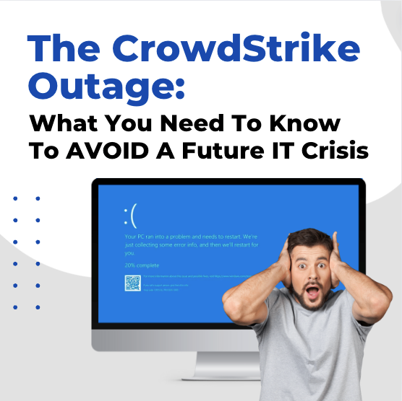
Like it or not, your business relies on technology
Technology isn’t just something used by Silicon valley firms and large corporations. Even the smallest start-up is now reliant on technology and the virtual marketplace. A business cannot function without operating in the digital world. At the very least, it means having a website, a social media presence and an online database of customers and prospects. Most likely it means conducting business online, which means you’re responsible for the security of client data: names, credit cards, addresses, and probably more information. Much of that information may be personal Information that you have an obligation to keep secure. That duty brings along many challenges because cyber criminals and even benign human error could mean that data is compromised. Data breaches can bring litigation, possible regulatory sanctions, and very importantly, damage to your brand and reputation. Because so much rides on the stability and security of your digital infrastructure, serious attention has to be paid to data security protocols. The problem is, tech is a complex and specialized field that most small businesses owners have little time to focus on. And spending time trying to understand and maintain an IT infrastructure means siphoning off attention to the operation of your business. That is why a Managed Service provider can be a lifesaver for a small business.

A Managed Service provider is an IT consultant that can provide some or all of the support you need for your IT infrastructure. They can provide help with specific issues–migrating data to the cloud, setting up new software and hardware, designing data security protocol, etc,. They can also become a strategic partner. That means they team with you and learn your business goals and plans and help you understand how new and existing technology can help your business expand. They can use their expertise to guide you to new technologies and digital applications you might not be aware of.
Also, you can sign a service contract with an MSP. At the most basic level, a service contract will mean that if you need emergency tech support, you have priority. Otherwise, you will be at the bottom of the list if something goes wrong.

Finally, let’s consider strategic planning. Your business isn’t static, It will grow in volume, it will expand its product and service lines, and it will move into entirely new, unfamiliar markets. There may be new technologies and applications out there that you are unaware of. If you overlook them and your competitors don’t, you can begin to lag behind. You need long-term strategic planning in terms of the technology you will deploy to remain competitive. New technology will offer new opportunities. An MSP who has experience in your industry can become a partner. FInd an MSP who will partner with your business and learn your operations and your future plans. In that way they don’t just support the IT you have now, they become a key voice in strategic planning for future growth.

















